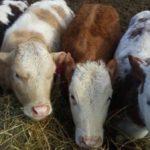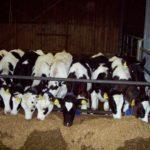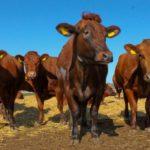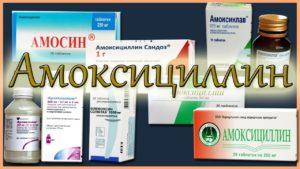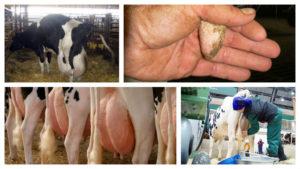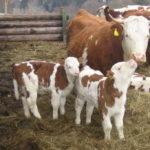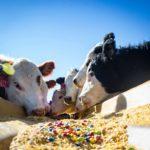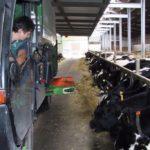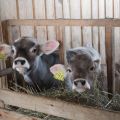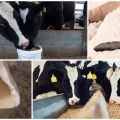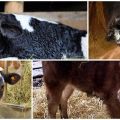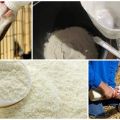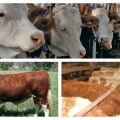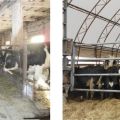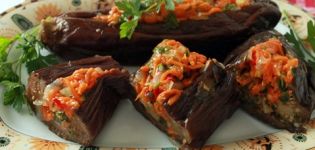Breeding technology of replacement young cattle and keeping rules
Much attention is paid to the cultivation of replacement young animals in farms. The creation of a full-fledged herd depends on compliance with the rules and recommendations. Many factors influence the successful development of offspring. It is important to observe the basic principles of keeping calves, feeding norms, assess the effect of vitamins on the growth of animals and take into account other nuances of care.
What is replacement young growth
Calves are called replacement calves in animal husbandry, which, as they grow up, become part of the adult herd. Activities aimed at maintaining and further developing cattle are an important part of breeding work.
To maintain the number of livestock, offspring are selected from the best producers. The survival rate and other indicators of such animals are usually above average. There should be more replacement calves than is required to replenish an adult herd. As they grow older, some of the individuals are culling.
The need for fresh air and ventilation
One of the main recommendations for farmers is to place the calves in well ventilated pens. Heat has a more destructive effect on immature animals than low air temperatures.
Traditionally, 2 technologies of rearing offspring are used - cold and classic. The first method is especially suitable for beef and dairy cattle breeds. For keeping calves, separate houses installed in an open area are used. Heating of premises is not provided. In the second case, newborns are not separated from the parent flock.
Comparative characteristics of the advantages and disadvantages of technologies for keeping replacement young stock:
| pros | Minuses |
| Cold way | |
| Calves get vitamin D naturally | Increased milk intake for energy replenishment at low temperatures |
| Cold air activates metabolic processes in the body | Construction costs of individual boxes |
| Reducing the number of colds | |
| Traditional method | |
| Minimum costs for keeping offspring | Increased risk of infection in animals |
| Calves don't need special attention | Possible Digestive Problems |
| Lack of sunlight | |
The cold method is becoming more popular today.Fresh air and freezing temperatures contribute to the death of pathogenic bacteria. In such conditions, replacement young growth is placed immediately after birth. By hardening, calves grow up healthy and gain weight quickly.
Temperature regime
It is easier to control the temperature regime in individual boxes. When building pens for keeping replacement young cattle, a number of requirements are observed:
- Select plastic, the thickness of which will ensure the preservation of the specified temperature and protect against excessive heating.
- Doors and other openings should facilitate ventilation. This helps to control the level of coolness in the room.
- Free interior space is also beneficial for air circulation and development for each calf.
- The ventilation system is designed in such a way as to easily ventilate the room, but avoid drafts.
- The inside of the boxes must be dry.
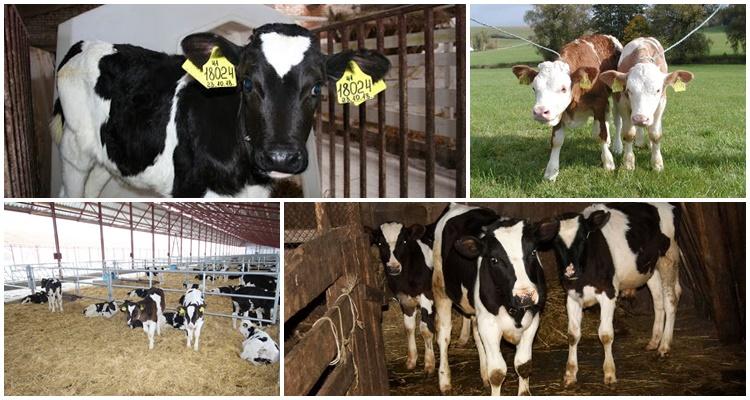
In summer, calves take refuge in such a box from the scorching heat, and in winter - from the wind and cold. In the cold season, animals are warmed with bedding, which is placed in each enclosure. In severe frosts, blankets are put on the kids.
Large livestock complexes prefer to use cold temperature conditions for keeping replacement young stock. In small farms, calves are transferred to warm sheds in winter.
What to feed
An adequate diet is essential for the normal development of replacement chicks. In the first months of life, 2 types of calf nutrition are distinguished:
- Natural feeding is not costly, but carries the risk of mastitis infection and periodic product shortages.
- Milk substitutes are easy to store and can guarantee normal cultivation, but are more expensive than natural raw materials.
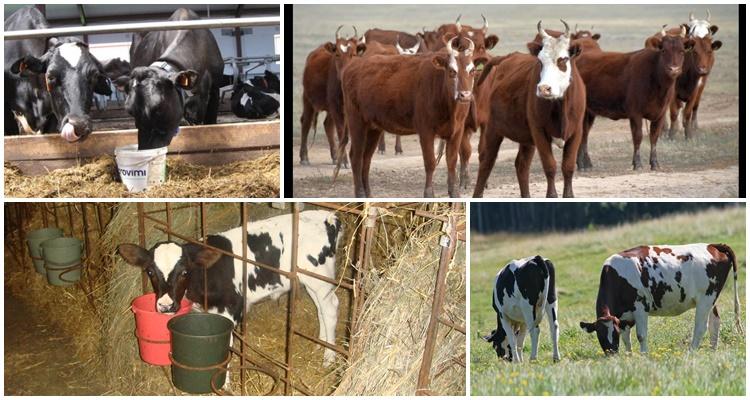
Animals are taught early to vegetable and juicy food. This method improves the condition of the digestive system, promotes better absorption of food. Additives in the form of mashed potatoes, grated carrots, calves begin to taste 3 weeks after birth. At the age of one month, they are already tamed to grass, and later to silage.
Replacement chicks need a lot of liquid. Calves consume 2 times more water than adults. The offspring tolerates a moisture deficiency worse than a lack of nutrients. Water dilutes the high concentration of gastric juice and prevents the milk from becoming insoluble clots. Herbal infusions improve the appetite of animals and accelerate weight gain.
Basic feeding rates
Nutritional balance is another factor influencing the development of animals. Lack of food slows down the growth of livestock, abundant feed leads to various pathologies. If the calf lacks nutrients within six months after birth, the front of the body lags behind in development. A lack of feeding in the next 6 months of life is fraught with complications for other organs. The amount of milk consumed per day should not exceed 15% of the calf's weight. In winter, this figure changes. The stronger the frosts, the more food the offspring receive.
In summer, the basis of the diet is green vegetation rich in nutrients. In animal husbandry, 6 kilograms of silage per 100 kilograms of weight are considered the norm for heifers. The proportion of concentrates is minimized. The amount depends on the characteristics of each individual and breed of cattle. Gobies get more concentrated feed, but less succulent. The optimal diet is one that provides 800 grams of weight gain every day. Replacement young animals feeding is focused on the development of internal organs, bone and muscle tissue. Nutrition should enhance the sexual activity of animals and the growth of reproductive indicators.
Use of vitamins during growth
Milk and other types of feed do not always provide the full range of nutrients required for the normal development of calves. Deficiency of organic compounds leads to stress and irreversible consequences. Farmers include vitamin supplements in their replacement livestock ration to optimize metabolism and achieve weight gain.
The most important vitamins for calves are:
- Group B affects metabolism.
- A is responsible for immunity, activates metabolic processes and promotes weight gain.
- E protects cells from oxidation.
- D strengthens muscle and bone tissue, and prevents rickets.
Vitamins enter the body not only in the form of drugs, but also with food. It is useful to include in the diet foods with carotene (carrots, rutabagas, beets), fish oil, clover or alfalfa. To support the calves during illness, a course of injections is prescribed. This technology contributes to the rapid assimilation of nutrients.
Compliance with the rules of keeping replacement offspring of cattle strengthens the health of calves, prevents the development of infectious diseases. Gentle care is effective in increasing the productivity of animals.
